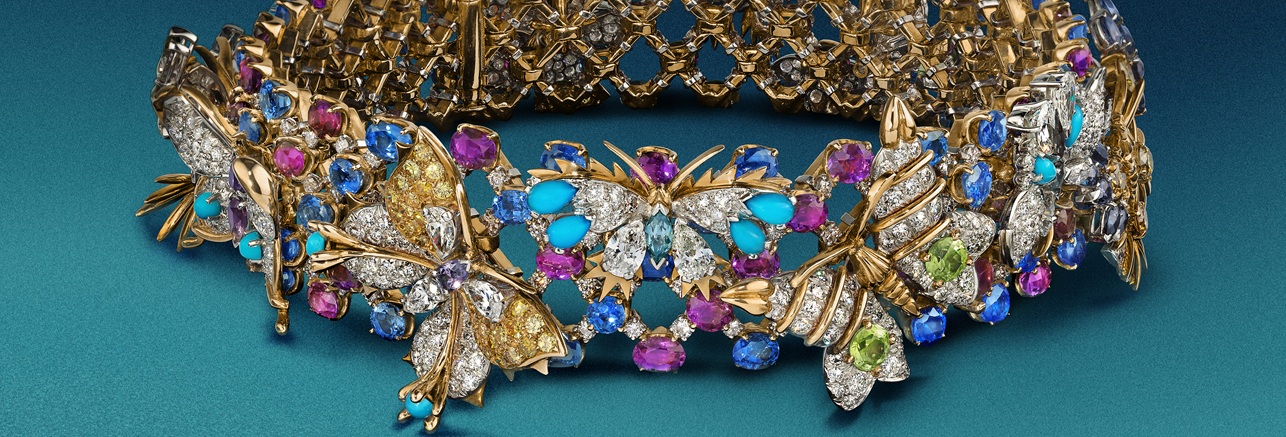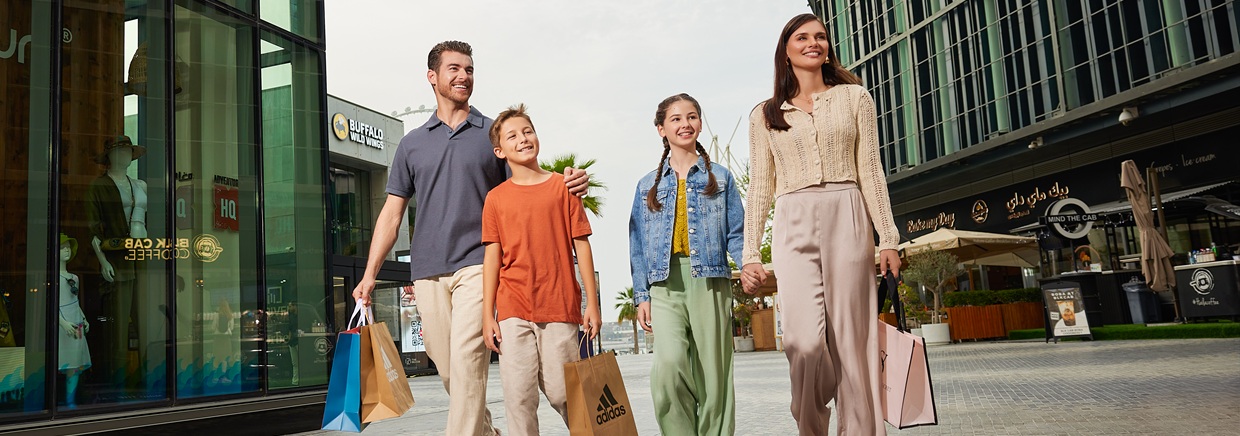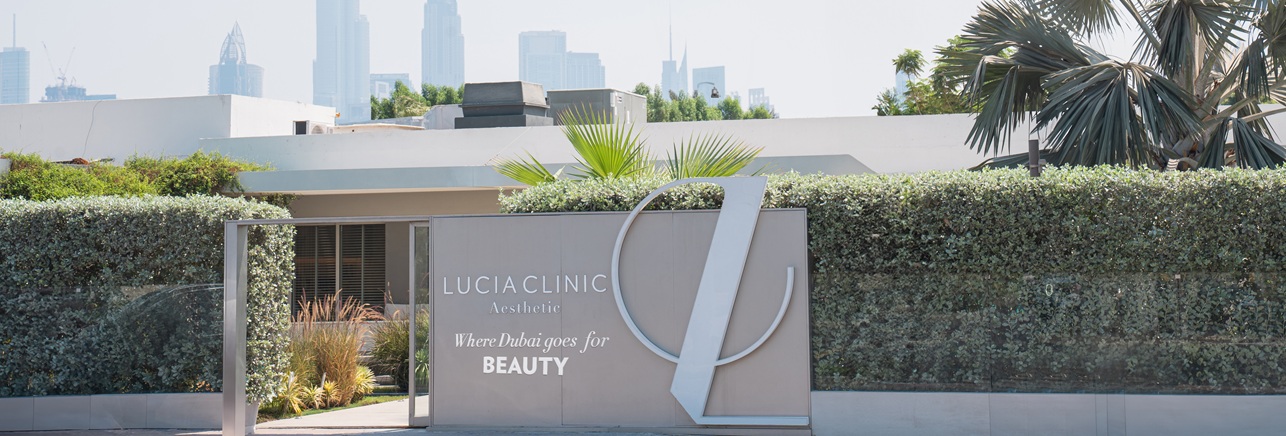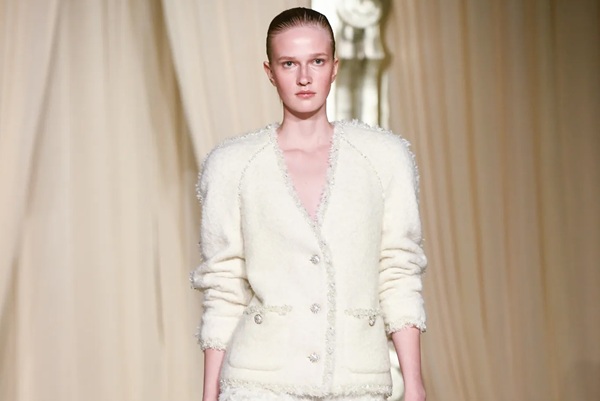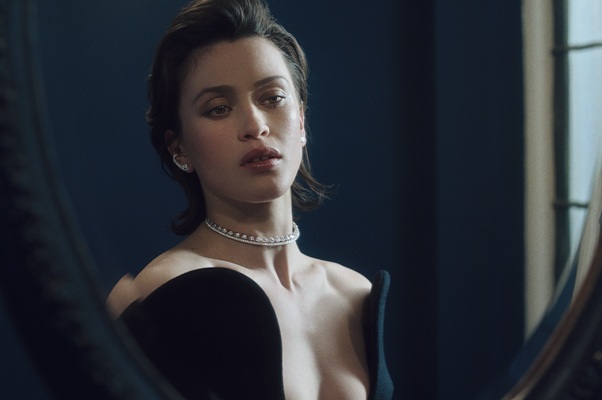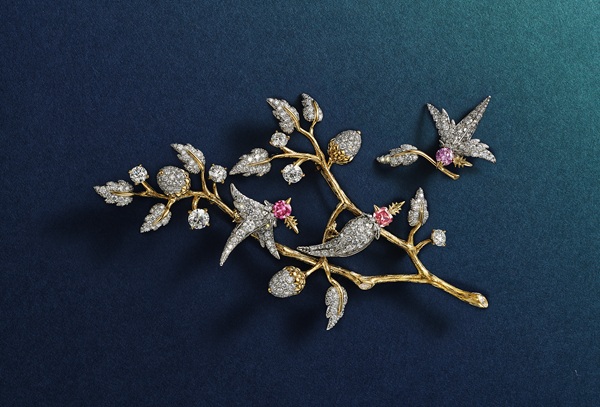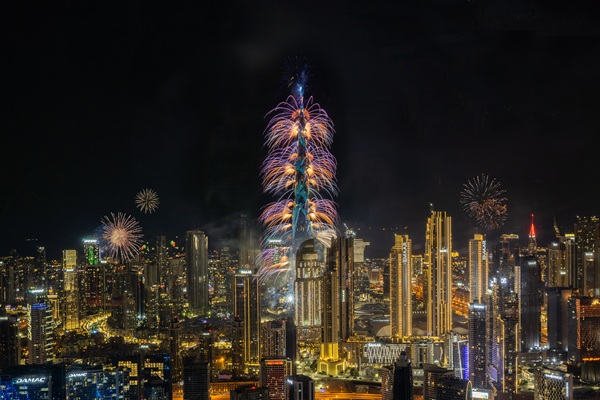Schiaparelli Haute Couture Spring-Summer 2023
Back To Main Page: Show Reviews
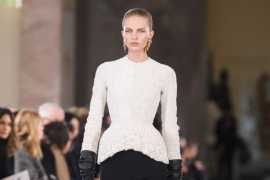
In 1308, the poet Dante Alighieri began what would be his masterwork, The Divine Comedy, a 14,233-line poem divided into three books: Inferno, Purgatorio, and Paradiso.
We all know this work, by name if not by heart. And yet when I revisited it recently, I was struck by something I’d missed when I first encountered it—not the horror of hell that Dante conjures so vividly, nor the sense of despair that overcomes you as you descend further and further into the realm—but by how the story is, at its core, an allegory of doubt. The narrator, Dante’s stand-in (also named Dante), is almost exactly middle-aged at the narrative’s beginning, when he finds himself “midway upon the journey of our life.” And yet as he climbs deeper into hell, he realizes just how little he actually knows—all those years, all that life, and yet he remains in that “dark wood,” the path he had once walked so surely vanished from sight.
What appealed to me in the Inferno wasn’t just the theatrics of Dante’s creation—it was how perfect a metaphor it provided for the torment that every artist or creative person experiences when we sit before the screen or the sketchpad or the dress form, when we have that moment in which we’re shaken by what we don’t know. When I’m stuck, I often take some comfort in thinking of Elsa Schiaparelli: the codes she created, the risks she took, are now the stuff of history and legend, and yet she too must have been uncertain, even scared, when she was inventing them. Her fear enabled her bravery, which sounds counterintuitive but is key to the artistic process. Fear means you’re pushing yourself to make something shocking, something new.
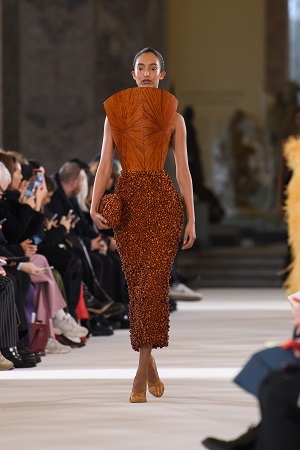
This collection is my homage to doubt. The doubt of creation, and the doubt of intent. The twinned, sometimes contradictory impulses to please one’s audience and to impress oneself; the ambivalence that is every artist’s constant companion. And so with this collection, I wanted to step away from techniques I was comfortable with and understood, to choose instead that dark wood, where everything is scary but new, where I would be feeling my way through someplace I didn’t know and didn’t understand.
Nothing is as it appears to be in these clothes. Along with a nod to Dante’s sense of organization (three looks for each of the nine circles of hell), I also took direct inspiration from some of his most arresting images. The leopard, the lion, and the she-wolf—representing lust, pride, and avarice, respectively—find form here in spectacular faux-taxidermy creations, constructed entirely by hand, from foam, resin, and other manmade materials. Other pieces are inspired by the slippery, house-of-mirrors quality of his Inferno: the paillettes that tremble from some of the dresses are actually made from leather-slicked slabs of tin, and the baubles that cover one skirt are made not from fabric but wooden beads. The velvet column dresses’ apparently iridescent shimmer is in fact hand-painted, in pigment that changes color depending on your perspective, like a butterfly’s wings. Additionally; plastrons have been sculpted in waves of actual mother of pearl, plus one in lemon tree marquetry. And a personal favorite, a giant bust made of copper and patina’d by hand have been labors of love for the past four months.
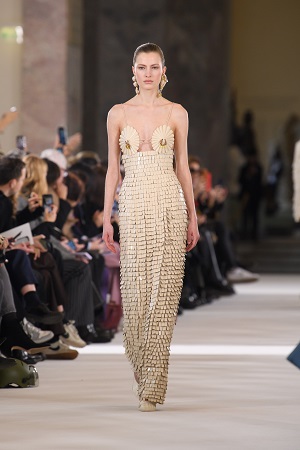
Elsa always promised surprise in her work, and over the years, people have learned to come to Schiaparelli in a spirit of wonder; you don’t know what you’re going to encounter here, but you know that the story will be different each time. This season, we concentrated less on deliberate artifice, such as our signature hyperstylized anatomy bijoux, and more on blurring the lines between the real and the unreal. Mimicry (is that a real lion?) becomes its own form of Surrealism in this collection, such that you’re never quite sure who made the piece you’re looking at—was it nature? Or was it man? Yet at the same time, we’ve prioritized and spotlit the artist’s hand more than ever before, in naif, rough-cut, earthy jewelry and hand-painted, gold-veined alligator “Secret” and “Face” handbags. If Dante learns how much life can deceive us, especially a life we think we know, then these clothes echo that deceit, reminding us of the necessity of occasionally finding ourselves somewhere we’re forced to re-see our assumptions.
Inferno, Purgatorio, Paradiso: One cannot exist without the others. It is a reminder that there is no such thing as heaven without hell; there is no joy without sorrow; there is no ecstasy of creation without the torture of doubt. My prayer for myself is that I remember that always—that, on my most difficult days, when inspiration just won’t come, I remember that no ascension to heaven is possible without first a trip to the fires, and the fear that comes with it. Let me embrace it always.

